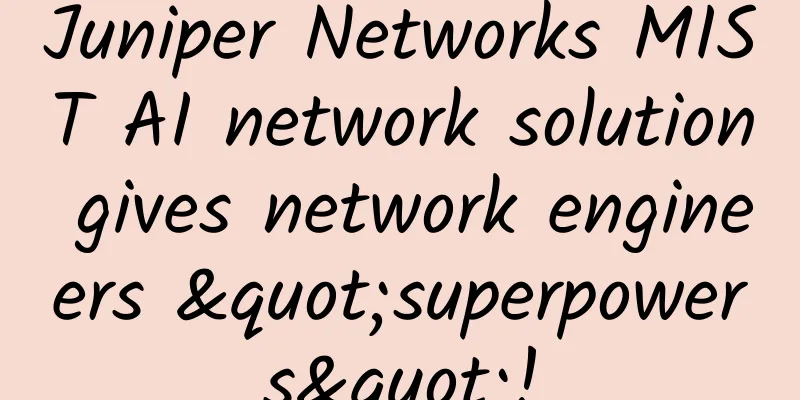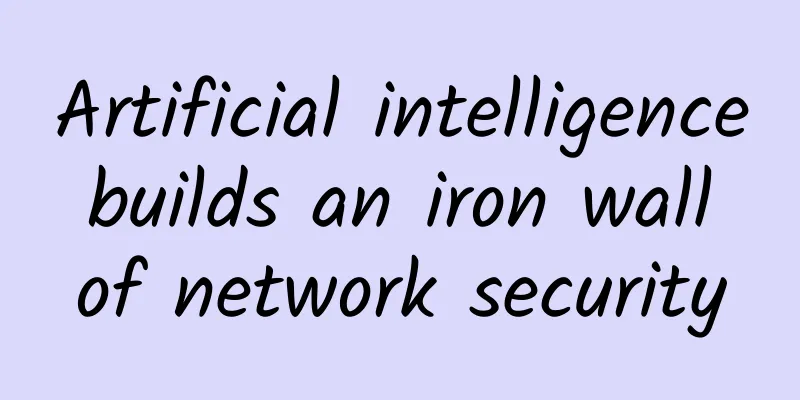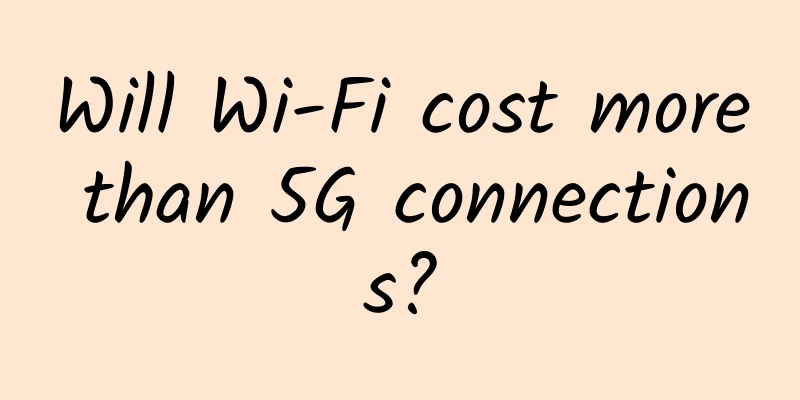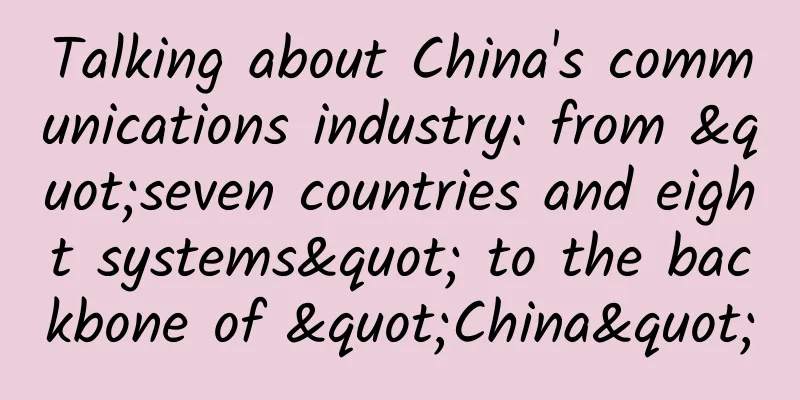An article on HTTP and TCP protocols
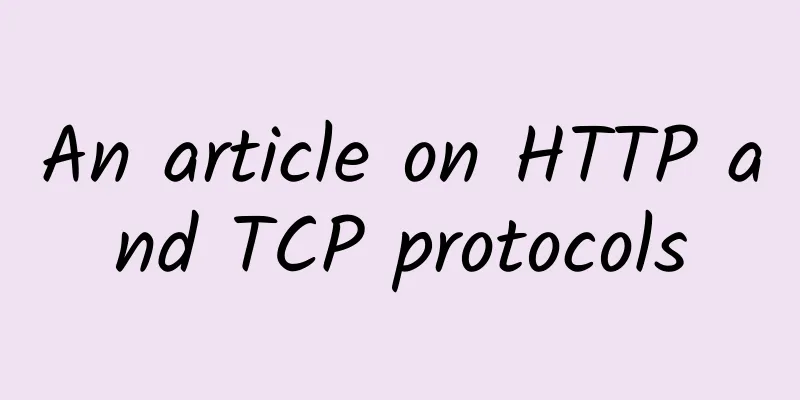
|
This article is reprinted from the WeChat public account "Learn Front-end in Three Minutes", author sisterAn. Please contact the WeChat public account "Learn Front-end in Three Minutes" to reprint this article. introductionThis article starts from the OSI network layering (7 layers) to explore the relationship between TCP and HTTP, including the following parts:
OSI network layering (7 layers)Open Systems Interconncection 1 Physical layer -> 2 Data link layer -> 3 Network layer (ip) -> 4 Transport layer (tcp) -> 5 Session layer --> 6 Presentation layer --> 7 Application layer (http)
HTTP is an application layer protocol, and TCP is a transport layer protocol. Next, we will introduce them in detail one by one. TCPTCP and UDP are both transport layer protocols:
In addition, UDP is a message-oriented transmission method. The application layer sends the message of the same length as the message given to UDP, that is, one message is sent at a time. Therefore, the application must choose the appropriate message size. The interaction between the application and TCP is one data block (of varying sizes) at a time, but TCP sees the application as a series of unstructured byte streams. TCP has a buffer, and when the data block sent by the program is too long, TCP can divide it into shorter pieces before sending it. When TCP protocol is used for network communication, a connection must be established between the client and the server before the actual read and write operation. When the read and write operation is completed, the connection can be released when both parties no longer need it. The establishment of the connection relies on the "three-way handshake", while the release requires the "four-way handshake", so the establishment of each connection requires resource consumption and time consumption. TCP connection process (three-way handshake)First Handshake The client sends a connection request segment to the server. This segment contains its own data communication initial sequence number. After the request is sent, the client enters the SYN-SENT state. Second handshake After the server receives the connection request segment, if it agrees to connect, it will send a response, which will also include its own data communication initial sequence number. After sending, it will enter the SYN-RECEIVED state. The third handshake When the client receives the connection agreement, it also sends a confirmation message to the server. After the client sends this message segment, it enters the ESTABLISHED state. After the server receives this response, it also enters the ESTABLISHED state. At this time, the connection is successfully established. Why do we need three handshakes? Two is not enough? Hello, hello, this is A, can you hear me? B: Yes, yes, I can hear you, this is B, can you hear me? A: (I heard you, I don’t want to talk to you) B: Hello, hello, hello? Can you hear me? Fuck, the other party is dead, I’m dead. . If there are only 2 times, B has no idea whether A received the message he sent. TCP disconnects the connection (four times wave)First wave If client A thinks that the data transmission is completed, it needs to send a connection release request to server B. Second wave After receiving the connection release request, B will tell the application layer to release the TCP connection. Then it will send an ACK packet and enter the CLOSE_WAIT state, which means that the connection from A to B has been released and will no longer receive data sent by A. However, because the TCP connection is bidirectional, B can still send data to A. The third wave If B has unsent data at this time, it will continue to send it. After completion, it will send a connection release request to A, and then B will enter the LAST-ACK state. PS: Through the delayed confirmation technology (usually with a time limit, otherwise the other party will mistakenly think that retransmission is required), the second and third handshakes can be combined to delay the sending of the ACK packet. The fourth wave After receiving the release request, A sends a confirmation response to B, and then A enters the TIME-WAIT state. This state will last for 2MSL (the longest segment life, which refers to the time a segment survives in the network. If it times out, it will be discarded). If there is no retransmission request from B during this period, it will enter the CLOSED state. When B receives the confirmation response, it also enters the CLOSED state. HTTPHTTP is an application layer protocol built on TCP, Hypertext Transfer Protocol. The most notable feature of HTTP connection is that each request sent by the client requires the server to send back a response, and after the request is completed, the connection will be released actively. The process from establishing a connection to closing the connection is called "one connection". http1.0: Each request from the client requires a separate connection to be established, and the connection is automatically released after the request is processed. http1.1: Multiple requests can be processed in one connection, and multiple requests can be overlapped. There is no need to wait for a request to end before sending a new request. http2.0: supports multiplexing, one TCP can transmit multiple http requests at the same time, and the header data is also compressed http3.0: QUIC is used to open multiple TCP connections. In the event of packet loss, only the TCP connection with the packet loss will wait for retransmission, and the remaining TCP connections can still transmit data normally. HTTP Features
Method
Differences between HTTP and TCPThe TCP protocol corresponds to the transport layer, while the HTTP protocol corresponds to the application layer. In essence, the two are not comparable:
Note: Since HTTP/1.1, Keep-Alive has been enabled by default. Simply put, when a web page is opened, the TCP connection used to transmit HTTP data between the client and the server will not be closed. If the client accesses the web page on the server again, it will continue to use the established connection. Keep-Alive will not maintain the connection permanently. It has a hold time, which can be set in different server software (such as Apache). Source: https://github.com/Advanced-Frontend/Daily-Interview-Question |
<<: Let’s talk about Sentinel Quick Start
>>: 6 considerations for new IT leaders in digital transformation
Recommend
China Mobile announces the results of a 5G order worth 38 billion yuan. Huawei is the big winner. Full-screen mobile phones depend on it.
Huawei is the biggest winner in 5G big orders Rec...
5G will revolutionize the Internet of Things, but not soon
5G technology is the most anticipated network upd...
How did the No. 1 brand of domestic load balancing products become successful? Here’s the answer from Deepin Technology!
According to IDC data in the first quarter of 201...
How do 5G base stations control mobile phones under NSA?
The 5G network architecture is divided into SA an...
Digital-vm is 35% off in July, VPS in the United States/Japan/Singapore and other data centers starts at $2.6 per month, 1-10Gbps bandwidth
Digital-vm released the promotion information for...
[New Year's Day] HostYun offers 15% off on all items, VPS in Hong Kong/Japan/USA/Korea starting from 15 yuan per month, CN2 GIA/AS9929 line
HostYun has launched a Christmas and 2024 New Yea...
What makes 5G's peak speed reach 20Gb/s? An article to understand millimeter wave
With the explosion of video content, today's ...
Practical analysis of network log correlation on OSSIM platform
This article mainly conducts an in-depth analysis...
What does service governance govern? 10 pictures tell you the answer
[[392916]] This article is reprinted from the WeC...
Breaking the shackles of proprietary systems: the open path to 5G networks
As technology continues to change, the era of pro...
127.0.0.1 and localhost, how to choose?
In actual development, we often use 127.0.0.1 and...
What happens if you apply for 8G memory on a machine with 4GB physical memory?
Hello everyone, I am Xiaolin. This morning I saw ...
How to quickly master the HTTP protocol (HD mind map)
The HTTP protocol is extremely complex. It affect...
Protocol-Oriented Programming and Cocoa (Part 2)
[[403619]] This article is a summary of the autho...
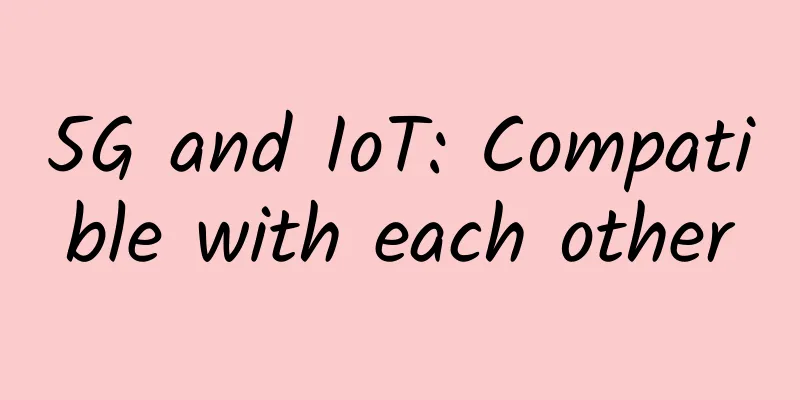

![[6.18] ZJI: Hong Kong Kwai Wan server limited 30% off, 20% off for all, 999 yuan to enjoy 1100 yuan voucher](/upload/images/67cabe835540d.webp)

